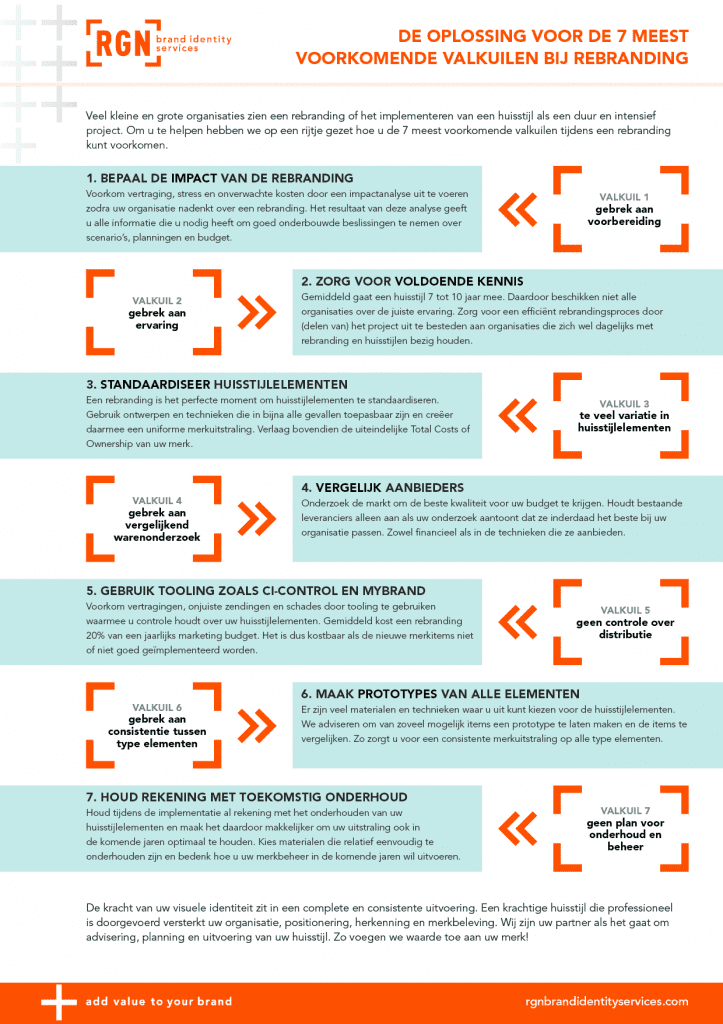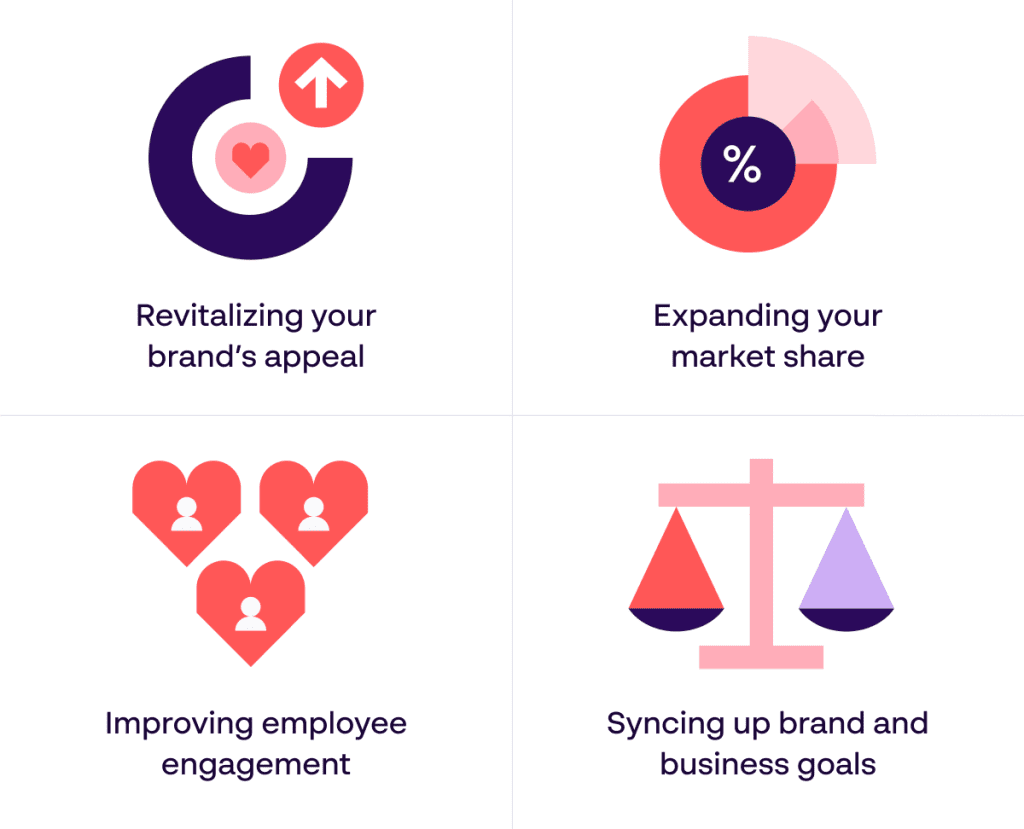How to Rebrand Without Losing Customers

Rebranding is a strategic move that can revitalize a business, but it comes with risks—especially the risk of alienating your existing customer base. This article will guide you through the essential steps to successfully rebrand without losing the customers who have supported your brand.
Understanding Rebranding

Rebranding involves changing the corporate image of an organization. It can include updates to the name, logo, design, or overall messaging. The goal is to create a new identity that better aligns with the company’s vision, market position, or target audience.
| Aspect | Description |
|---|---|
| Name Change | Modifying the brand name to reflect new values or markets |
| Logo Redesign | Updating visual elements to modernize or reposition the brand |
| Messaging Shift | Changing the tone, voice, or key messages to resonate better |
Why Rebrand?

- Market Evolution: Consumer preferences and market trends change, requiring brands to stay relevant.
- Competitive Pressure: To differentiate from competitors and capture new market segments.
- Mergers and Acquisitions: Combining brands or repositioning after corporate changes.
- Negative Perception: Overcoming bad publicity or outdated brand images.
Steps to Rebrand Without Losing Customers
1. Conduct Thorough Market Research
Understand your customers’ needs, preferences, and perceptions of your current brand. Use surveys, focus groups, and social listening tools to gather insights.
2. Communicate Transparently
Keep your customers informed about the reasons for rebranding and what changes to expect. Transparency builds trust and reduces uncertainty.
3. Maintain Core Brand Values
While the look and feel may change, the core values that customers associate with your brand should remain consistent to preserve loyalty.
4. Gradual Transition
Implement changes in phases rather than all at once to allow customers to adapt comfortably.
5. Engage Customers in the Process
Involve loyal customers through feedback opportunities or beta testing new brand elements.
6. Update All Touchpoints Consistently
Ensure that the new branding is reflected across all customer touchpoints—website, social media, packaging, and customer service.
7. Monitor Customer Feedback Post-Rebrand
Track customer reactions and be ready to make adjustments based on feedback.
SEO-Friendly Content Structure
To maximize the reach of your blog article, consider the following SEO best practices:
- Use relevant keywords such as “rebranding strategy,” “customer retention,” and “brand transition.”
- Include headings and subheadings for easy navigation.
- Use bullet points and tables to break down complex information.
- Add a FAQ section to address common concerns.
Sample FAQ
Q1: How long does a rebranding process usually take?
A: It varies depending on the scale but typically ranges from 3 to 12 months.
Q2: Will rebranding affect my current customers’ loyalty?
A: If done thoughtfully with clear communication, rebranding can strengthen loyalty by showing growth and responsiveness.
Q3: Should I change my brand name during rebranding?
A: Not necessarily. Changing the name is optional and depends on your strategic goals.
Rebranding is a powerful tool for growth and renewal when executed carefully. By following these steps, you can refresh your brand identity while keeping your valued customers engaged and loyal.
Ready to start your rebranding journey?
